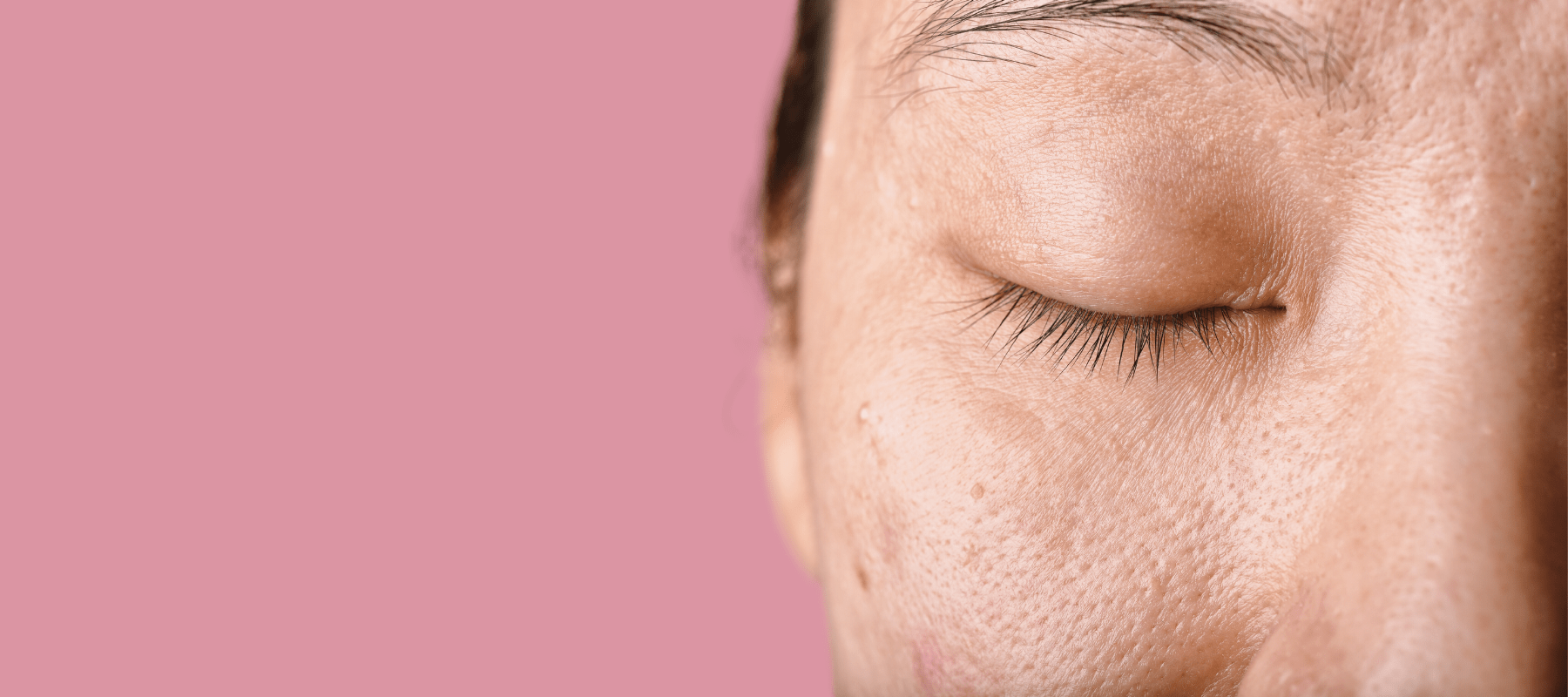
Age Spots on Face: Causes, Prevention, and Treatment
Age spots on the face are a typical worry for many people due to the numerous changes our skin experiences as we age. Flat, brown, or gray patches of skin that appear as age spots, also known as liver spots or solar lentigines, typically appear on the hands, arms, shoulders, and other exposed body parts. This article will discuss age spots, how they vary from other skin blemishes, and helpful skincare and lifestyle advice to help you manage and prevent them.
What exactly are age spots and how do they develop?
Although age spots are not painful or harmful, some people find their presence upsetting and look for ways to reduce or eliminate them. Melanin builds up in the skin and causes these spots to appear. Melanin gives our skin its color.
Our skin's capacity to renew and heal itself declines with age. Age marks on face develop on prolonged sun exposure due to the uneven distribution of melanin. The chances for developing these spots can also depend on a person's skin type and genetics. Age spots can appear in persons of any age with too much sun exposure, though they are more common in adults over 50.
Difference between age spots and other skin discolorations
Freckles, moles, and skin cancer are among the skin problems that age spots are commonly mistaken for. Freckles, in contrast to age spots, are typically more frequent, lighter in color, and smaller in size. However, moles need to be treated because they can be elevated and change in size or shape over time.
Melanoma, a dangerous illness that might initially resemble ageing spots, is skin cancer. However, unlike age spots, melanoma can develop or bleed over time, have erratic boundaries, and contain a variety of hues. You must see a dermatologist right away if you observe any unusual changes in your skin areas.
How do age spots form?
Age spots eventually appear as a result of excessive melanin production. Tanning booths, which can release dangerous UV rays, and some medicines, which may increase skin sensitivity to the sun, are additional variables that may lead to their development.
Treatment options for aging spots
While age spots are not harmful, many people might want to hide them for cosmetic reasons. There are several potential treatments, and the choice will rely on personal tastes and the severity of the age spots.
The Pink Foundry’s revolutionary Dark Spot & Hyperpigmentation Correcting Power Serum and the Super Clarifying 12% Niacinamide Face Serum are hugely effective in fading spots and giving a smooth toned skin. Layering the Dark Spot & Hyperpigmentation Correcting Power Serum with the Super Clarifying 12% Niacinamide Face Serum is a great way to enhance the overall skin tonality.
Hydroquinone, retinoids, alpha hydroxy acids (AHAs), and vitamin C are among the components found in over-the-counter and prescription lotions that can gradually fade age spots. These remedies prevent the synthesis of melanin or enhance cell renewal.
1. Cryotherapy
It uses liquid nitrogen to freeze the aging spots, causing them to blister and finally fall off. Although cryotherapy is effective, it may need several sessions for the best effects.
2. Laser Therapy
Laser therapies can target and eliminate the extra melanin that causes age spots. After that, the damaged skin starts to peel off, exposing the cleaner skin beneath. Laser therapy is common for older, more noticeable, deeply embedded spots.
3. Chemical Peels
Using a chemical solution on the skin, chemical peels encourage the creation of fresh, equally colored skin by causing the top layer to peel off. They can help smooth out the skin's texture and lessen the appearance of age spots.
4. Microdermabrasion
This method uses a handheld device to exfoliate the skin's outer layer, helping to lessen the appearance of age spots gradually.
5. Intense Pulsed Light (IPL) Therapy
IPL devices emit various light wavelengths that target melanin, breaking down the pigment and minimizing the appearance of age spots on face treatment.
Remember that these treatments might not eliminate age spots and that exposure to sunlight might make them come back. Preventive steps are essential to control and prevent age spot development properly.
Also Read: How to remove dark spots caused by pimples
Skincare and lifestyle tips for managing age spots
Antioxidant-rich Diet
To help fight free radicals that can harm the skin, eat a balanced diet with many fruits and vegetables high in antioxidants.
Avoid tanning beds
These devices generate UV radiation that is bad for the skin and can hasten aging and the development of age spots. Avoid using tanning beds at all costs.
Regular Skin Checks
Watch your skin for any alterations in age spots' appearance or the emergence of new spots. Consult a dermatologist right away if you notice any unusual changes.
Conclusion
As we age, age spots on the face are a typical worry, but they are usually harmless. They vary from other skin discolorations like freckles, moles, or skin cancer in that they develop due to a buildup of melanin brought on by extended sun exposure.
Age spots can be treated to lessen their appearance, but prevention is the key to managing them successfully. To keep healthy and bright skin throughout life, sun protection, a nutritious diet, and mild skin care can be very helpful. Always remember that you should see a dermatologist for an accurate evaluation and tailored guidance if you have any concerns about your skin or detect any changes in your age spots.
FAQs:
1. What are age spots?
Age spots are brown patches on the skin caused by excess melanin due to sun exposure.
2. Can age spots be prevented?
Yes, wearing sunscreen and protective clothing and avoiding tanning beds can help reduce age spots on face.
3. Are age spots harmful?
Age spots are generally harmless, but it's essential to monitor any changes in their appearance.
4. How can age spots be treated?
Treatment options include topical creams, cryotherapy, laser therapy, chemical peels, and IPL treatments.
5. Can age spots come back after treatment?
Yes, age spots may recur with sun exposure, so sun protection is crucial to prevent their reappearance.






















































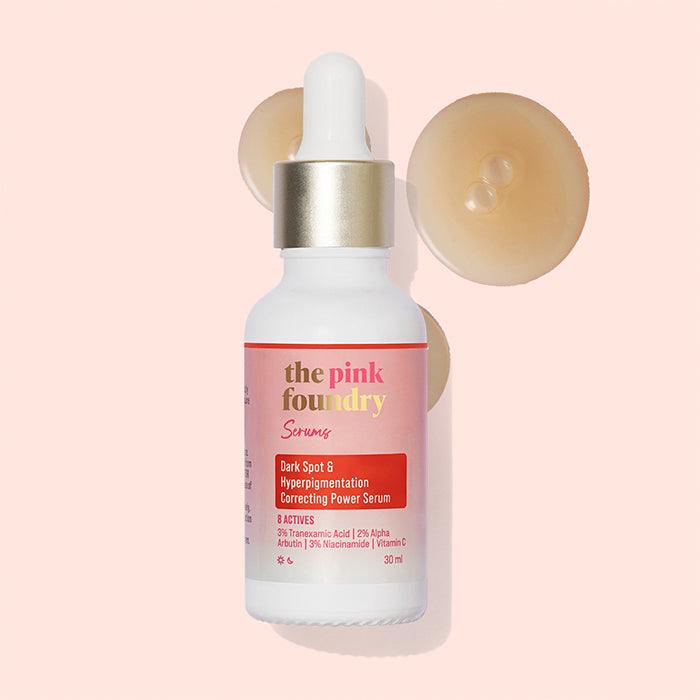
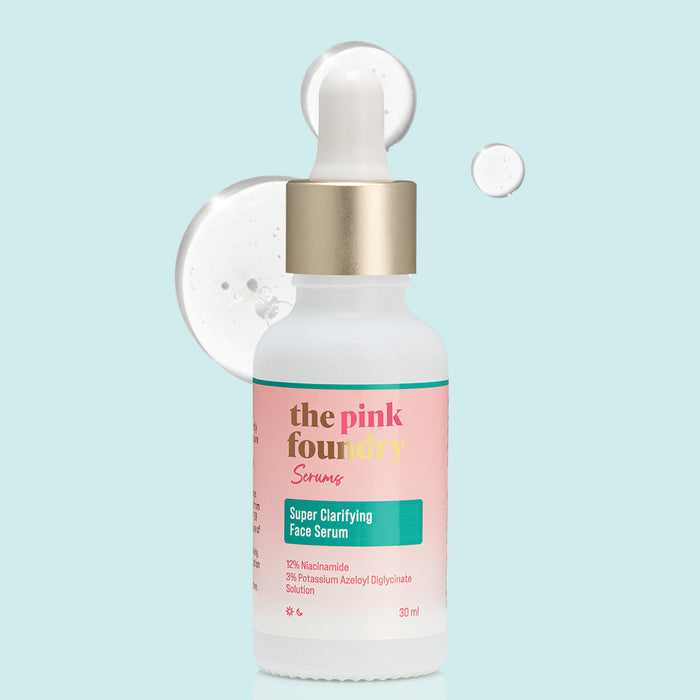
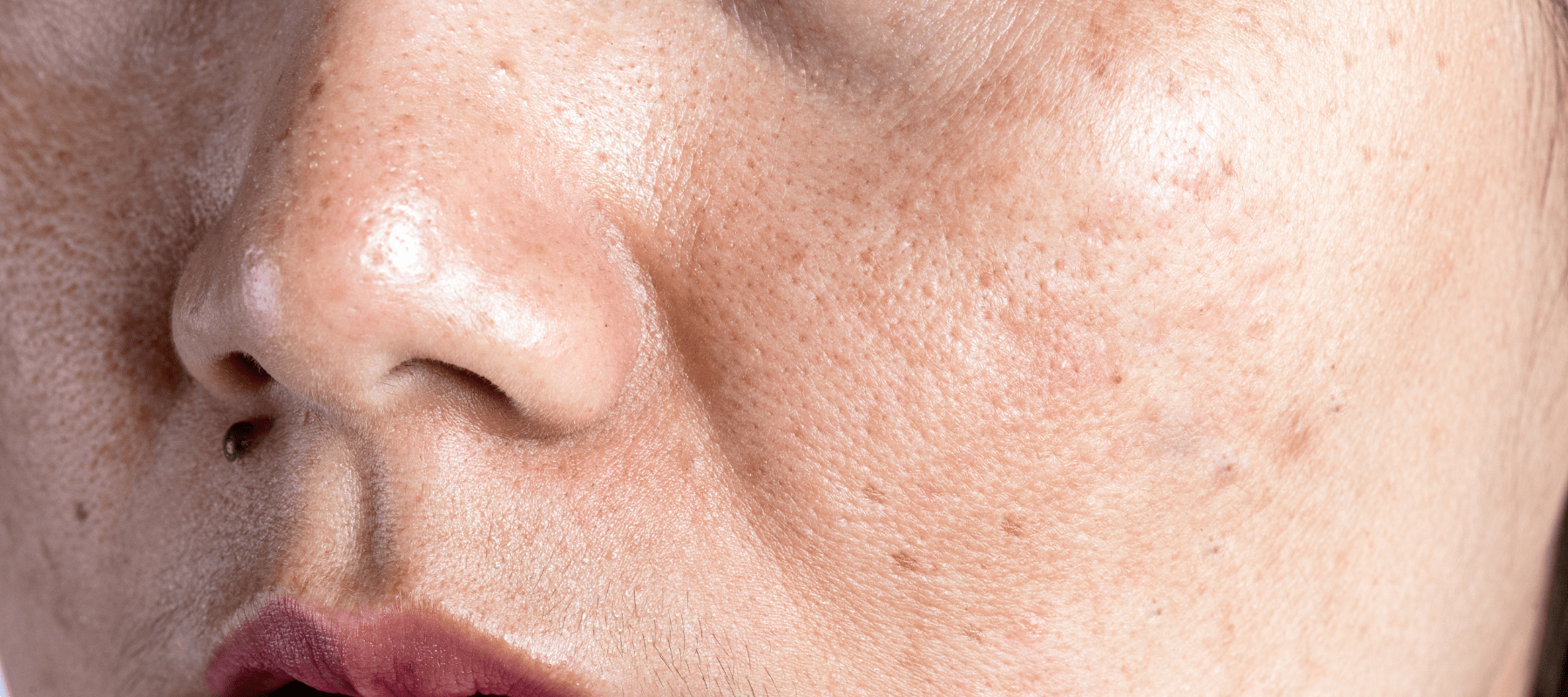
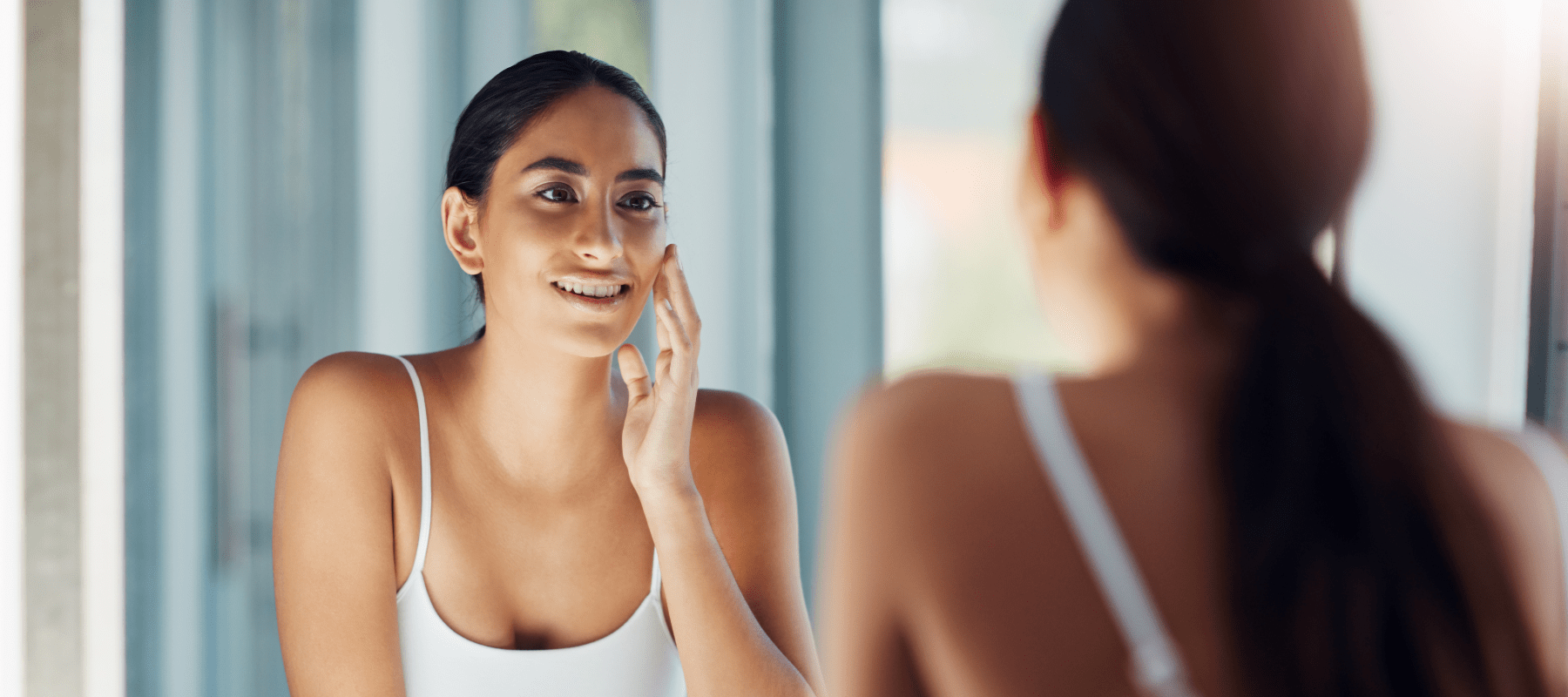
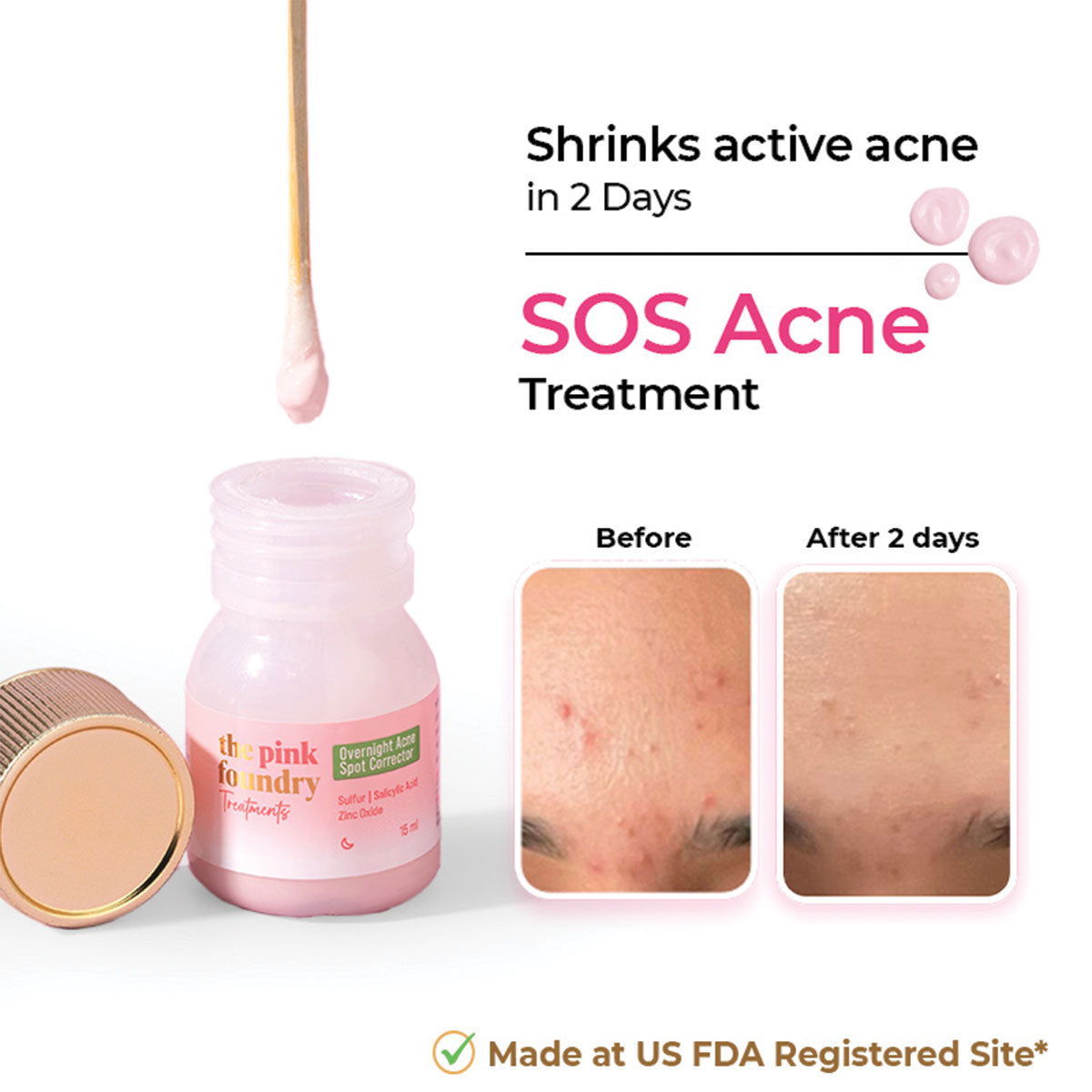
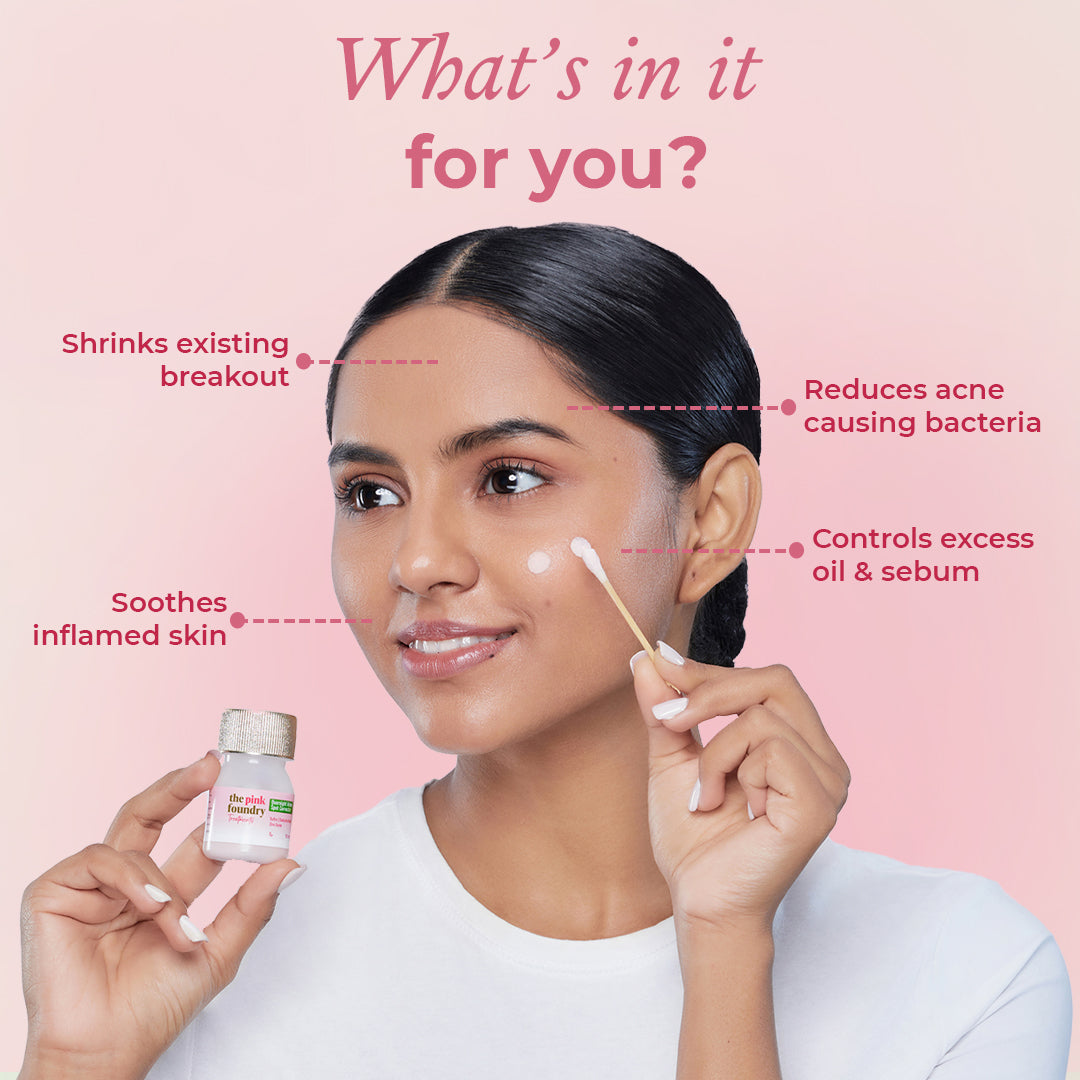
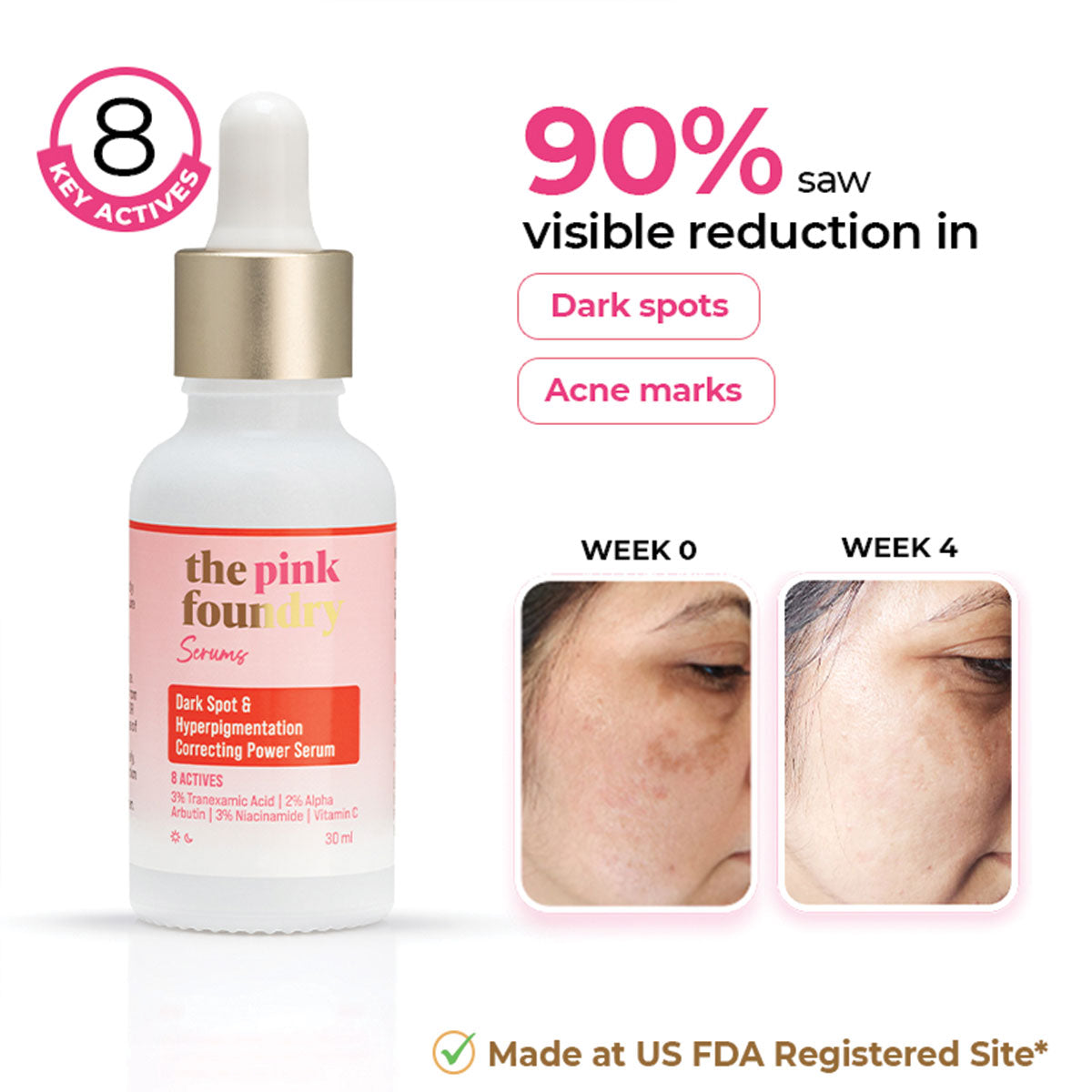
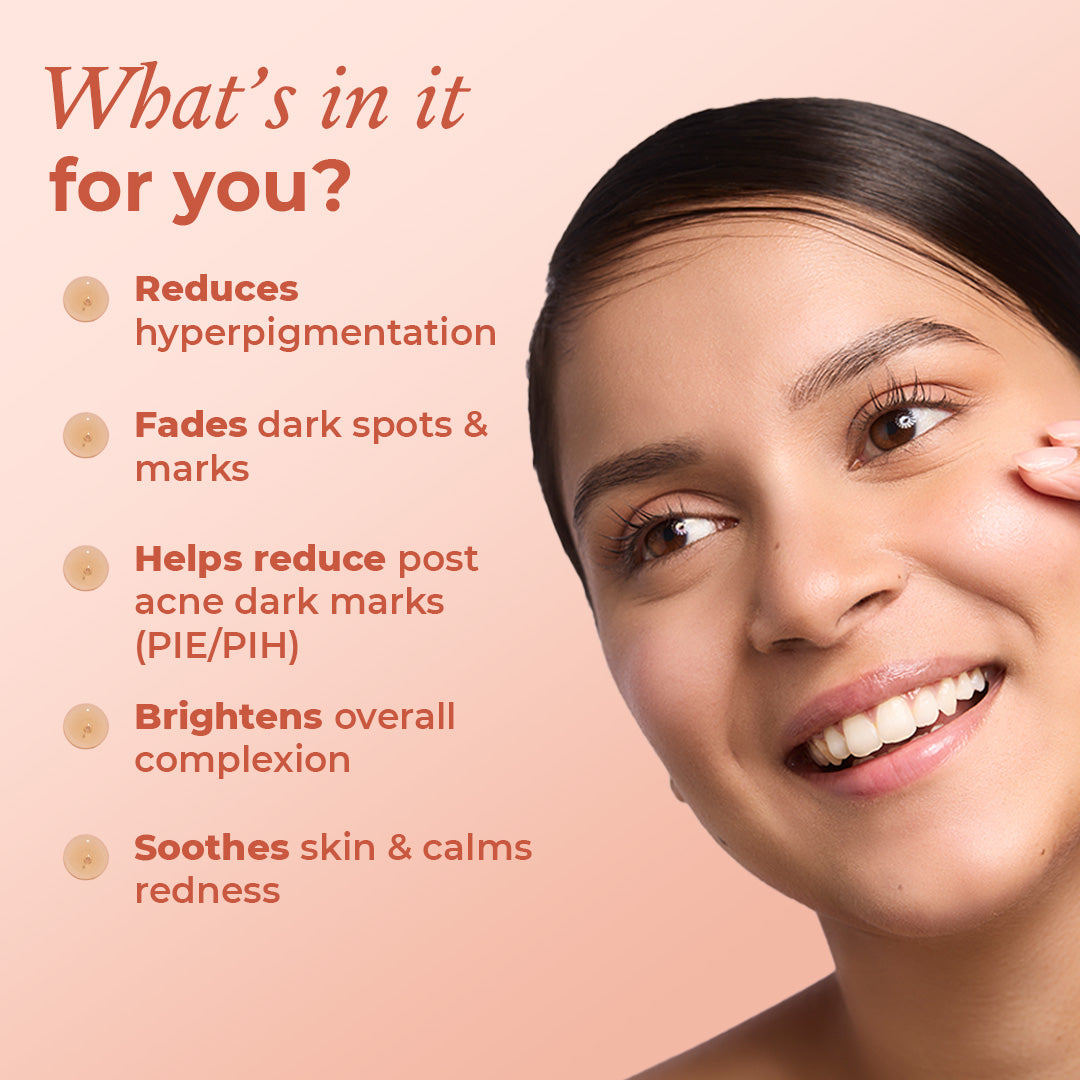
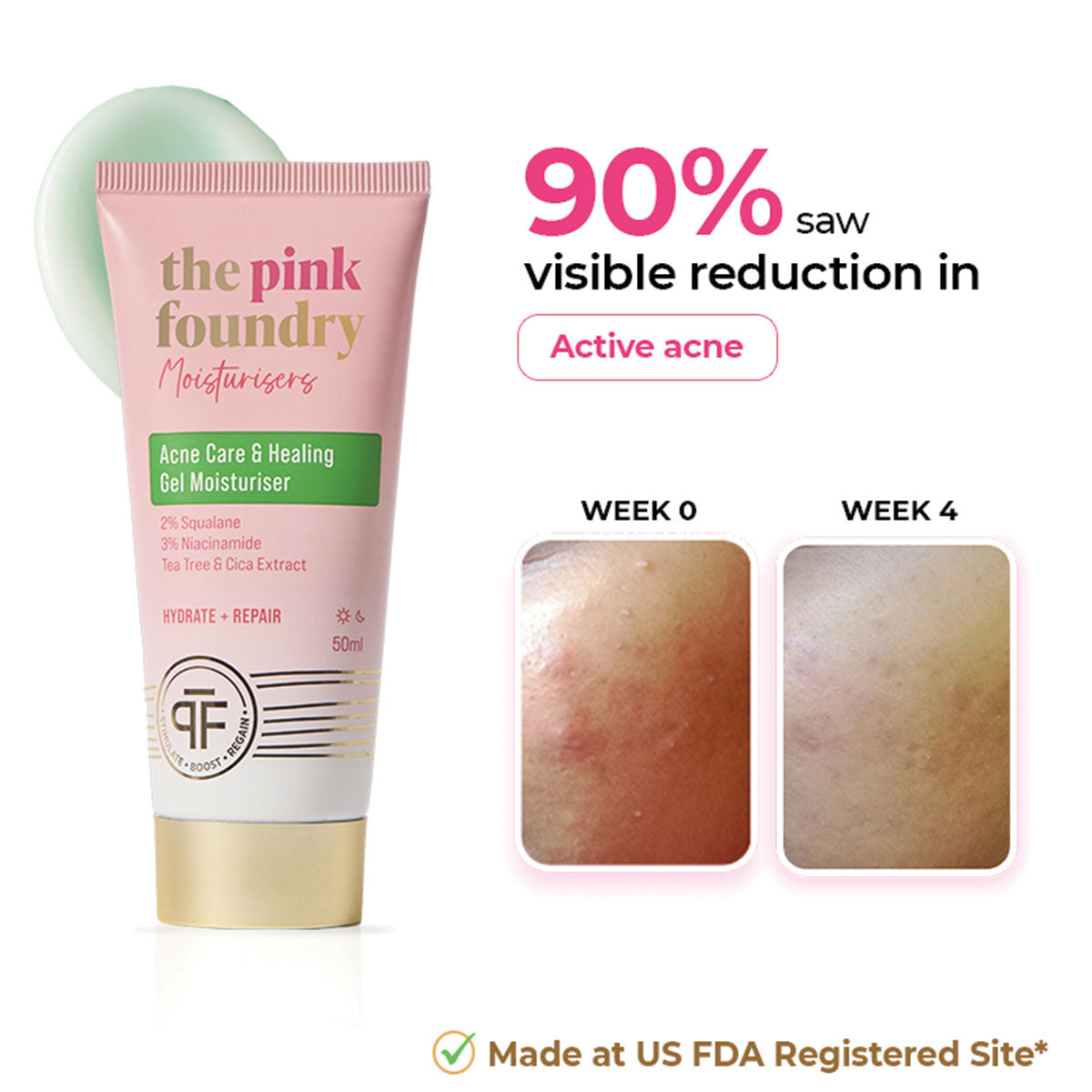
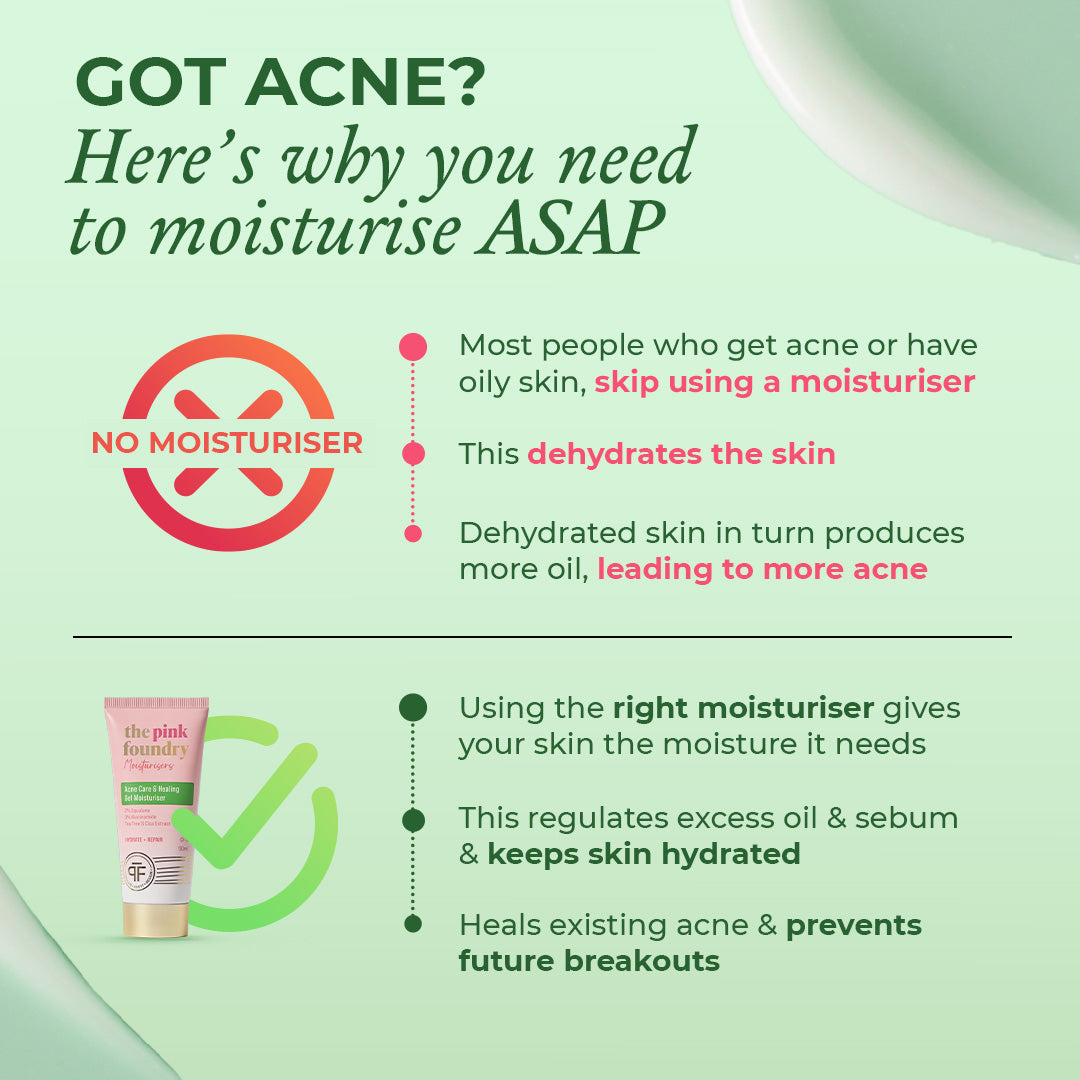
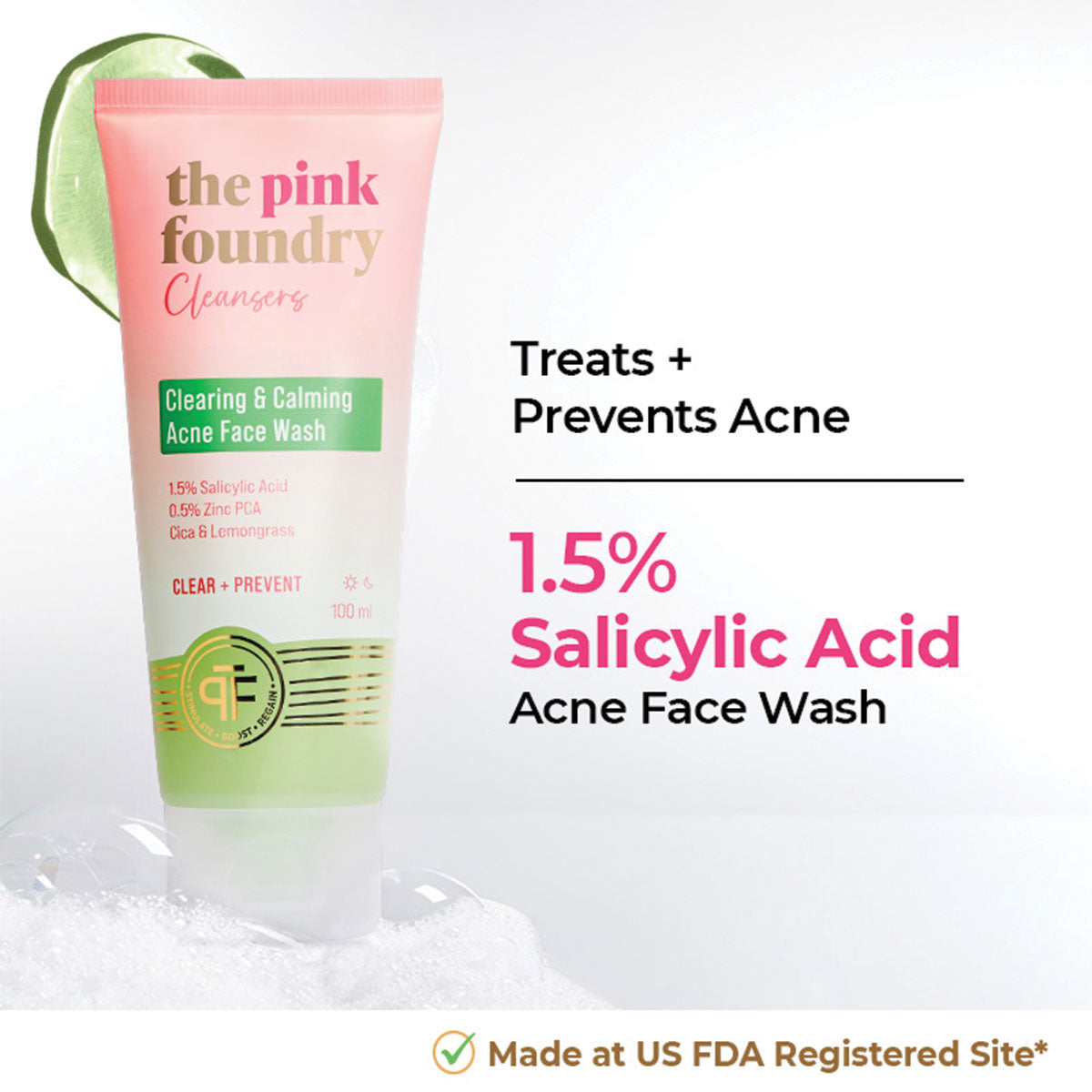
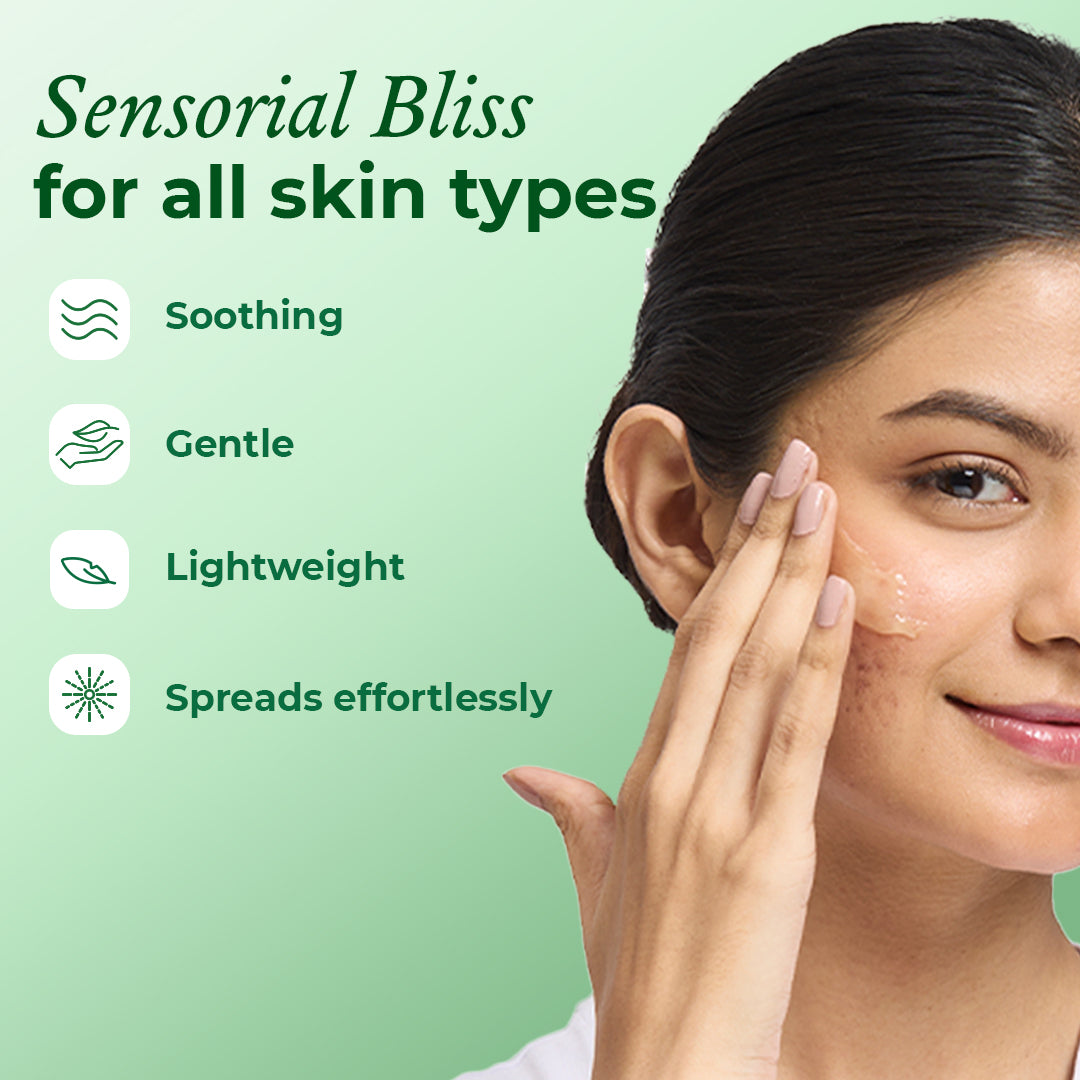
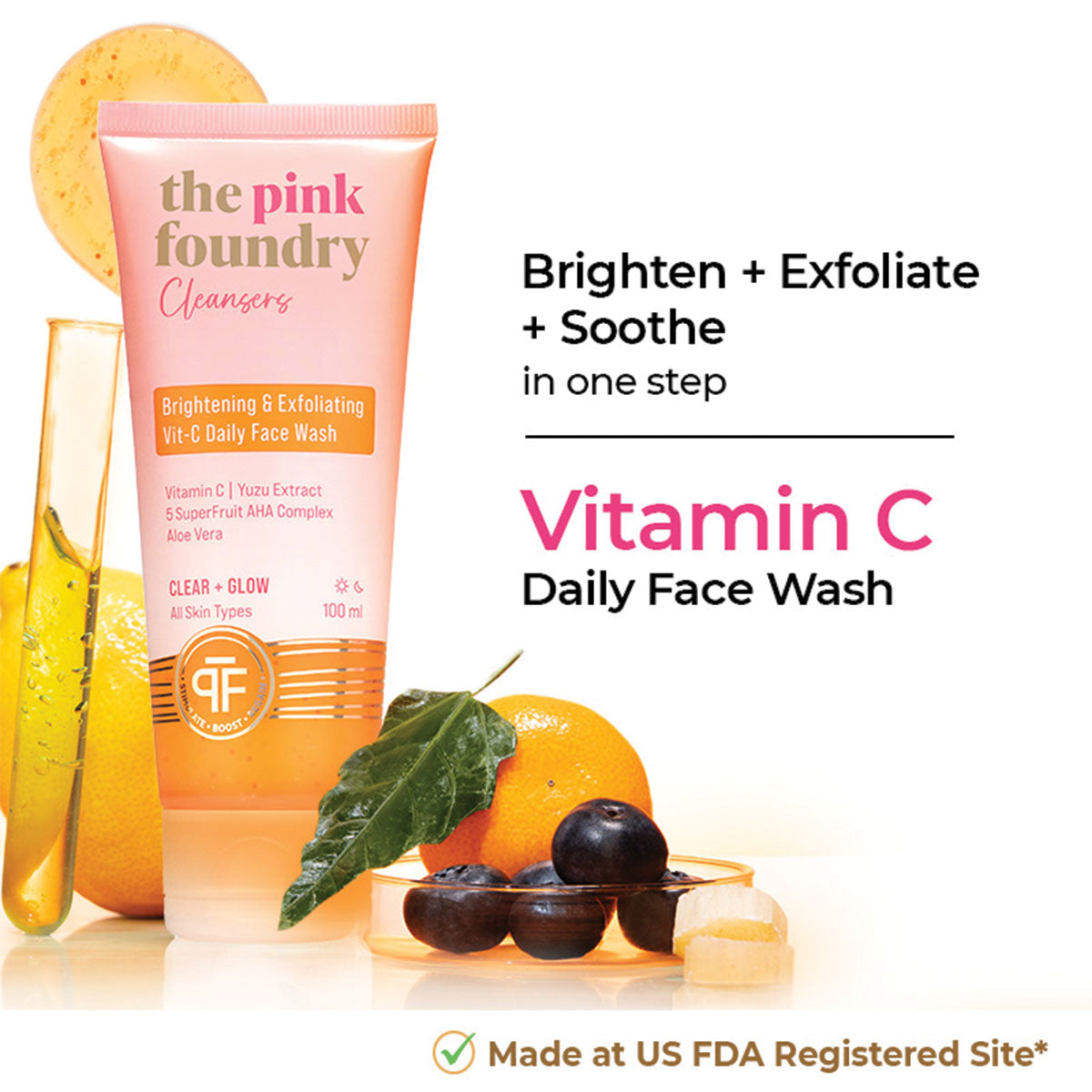
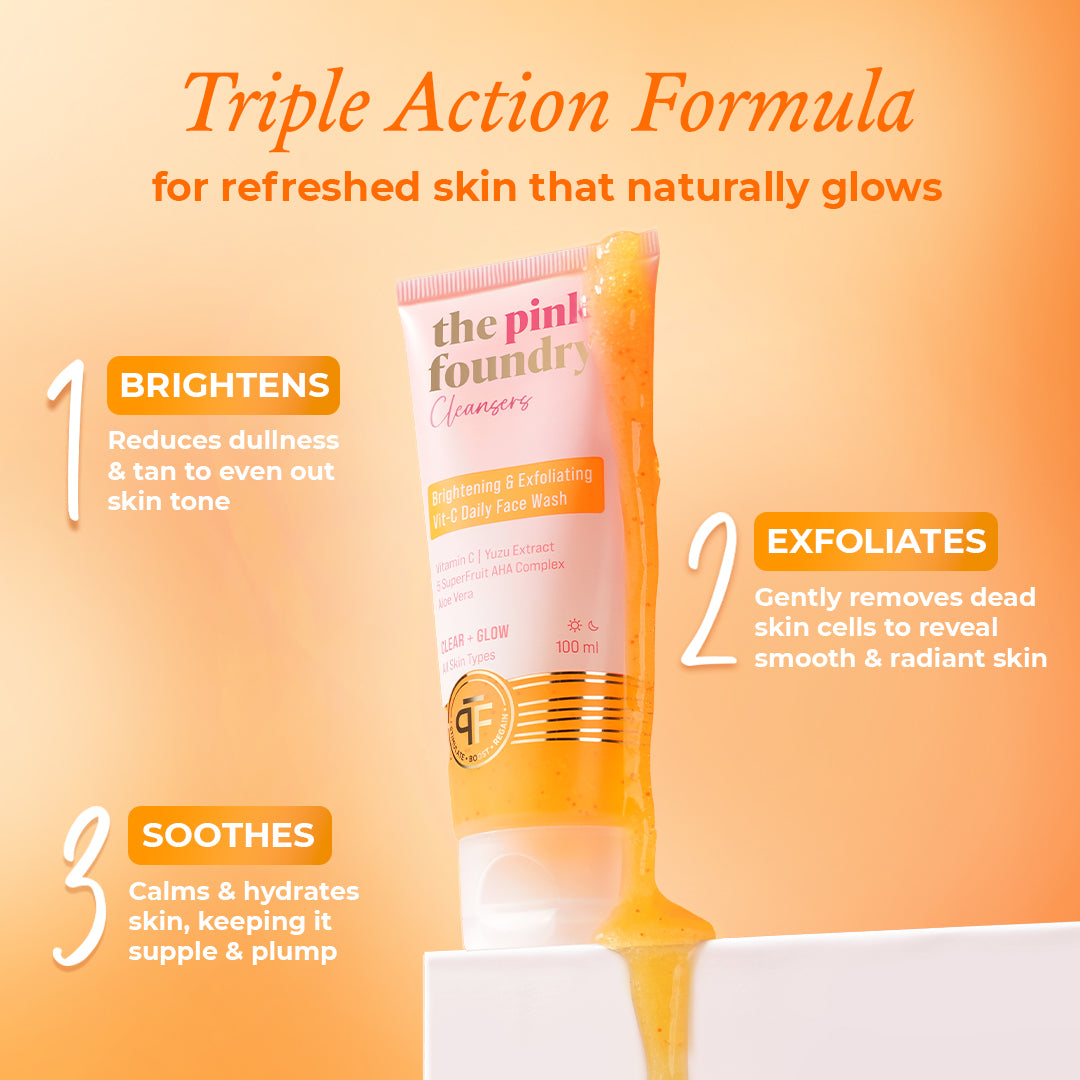

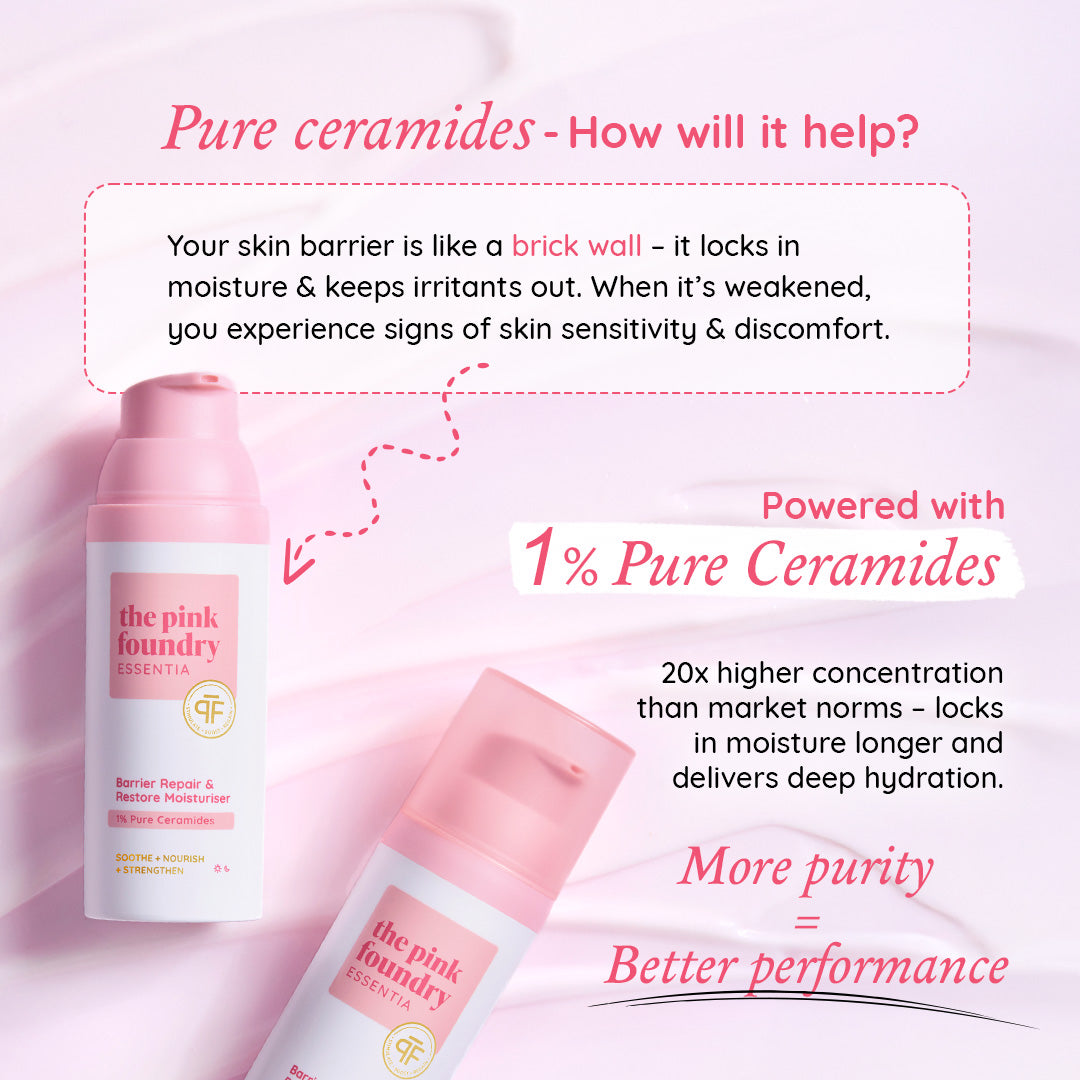




Leave a comment
This site is protected by hCaptcha and the hCaptcha Privacy Policy and Terms of Service apply.